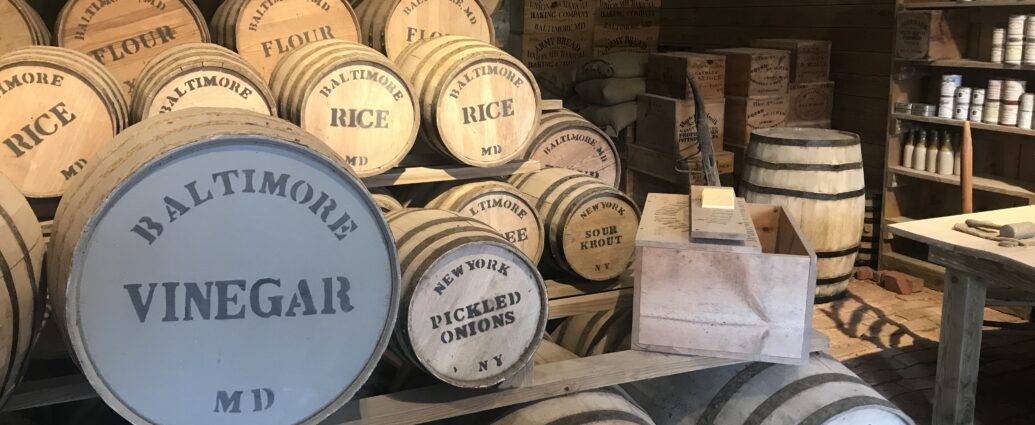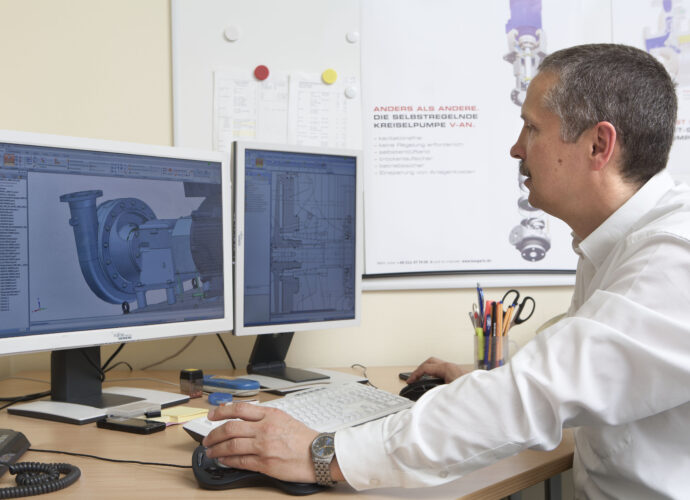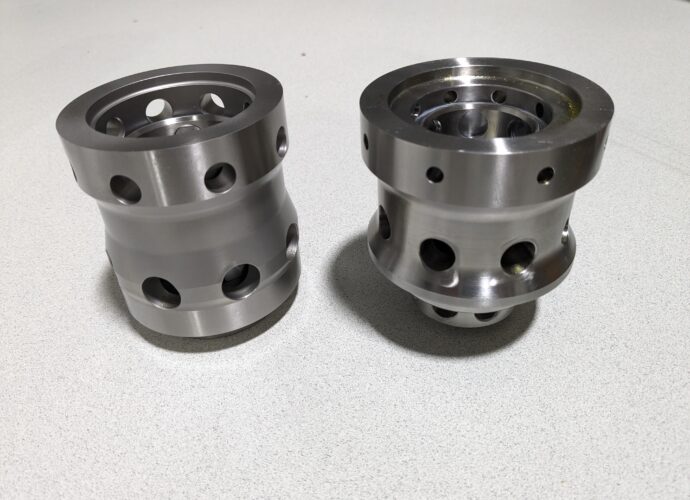Houston, Texas, 4/09/2024
Managing stock is key to ensuring the safe reliable operations of any piece of equipment. The question is how much and what type of stock should be kept on site? This variable depends much on the classification of equipment and its location. Finding the right balance for stock is no easy task. Even the Pentagon, with its tremendous resources at its disposal, welcomed audits as of 2017 and failed in every audit since.
Equipment can be broken down into various classifications. For example, common equipment refers to equipment where parts are readily available on the market. For example, wearing parts for a common forklift or vehicle can be identified from various sources. If parts are readily available from a multiple sourced supply, then the stock level can be left to only required wear and tear parts. However, if equipment is used in a special application, and not easily found on the market, the requirement for parts increases dramatically. Most pumps for car washes, pressure washers, and similar type pumps fall into the “common” category. On the other hand, pumps for ultra-high pressure and process applications require coordination with the supplier of the equipment, as some parts for this category, are made to order and can result in long delivery times. Coordinating with a supplier requires meetings to review parts demand to ensure required wearing parts are readily available for maintenance.
The location of the equipment is also a factor to consider when evaluating part needs. If the equipment is located in an isolated area, without a nearby airport, the need for local parts is critical. The “location” refers to the distance between where the parts are shipped from to the required destination. The transfer lag for parts, even if in stock at the supplier, can take several days to a remote area.
In short, there is no guaranteed solution for the management of parts. It is a work in progress requiring constant management and re-evaluation with no “one fits all” solution. A starting point, evaluating the cost to the owner when equipment is down or inoperable. The “down cost” is valuable for determining a basic stock investment. Discussing your plant needs with your supplier is another key to determine what should be held in stock and what the supplier can carry. Good communication between the supplier and end user on the topic of stock can help improve delays contributed by missing parts for maintenance.
In addition to finding correct stock levels, management must take into account many variables, such as:
- Shortage and accuracy of stock – having only 3 when you need 6. Regular audits may identify issues.
- Loss or damage of stock – system needed for reporting loss and damage. Store parts in a suitable area for easy identification.
- Obsolete parts – Ensure stocked parts will not become obsolete with upgrades.
- Parts mixed with other parts or non-compliant parts. Ensure parts are counted regularly and stored with only the correct parts.
- Age/corrosion/rust/useless – Ensure parts are stored properly for a long shelf life. If a shelf life is passed, or the parts no longer look like new, discard.
Chemac can assist in your parts needs. If you want a consultation on your parts usage and or have a representative visit, please let us know. We can discuss your needs and assist in maximizing the value of your parts investment and review the maintenance programs to keep your equipment running. We have customer machines, delivered in 1966, still working like new today! Thus, we are confident we can help you in the quest to ensure parts are there when you need them.











